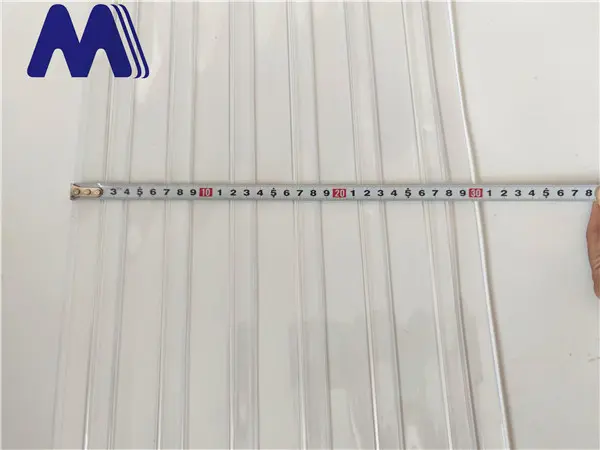- Afrikaans
- Albanian
- Amharic
- Arabic
- Armenian
- Azerbaijani
- Basque
- Belarusian
- Bengali
- Bosnian
- Bulgarian
- Catalan
- Cebuano
- Corsican
- Croatian
- Czech
- Danish
- Dutch
- English
- Esperanto
- Estonian
- Finnish
- French
- Frisian
- Galician
- Georgian
- German
- Greek
- Gujarati
- Haitian Creole
- hausa
- hawaiian
- Hebrew
- Hindi
- Miao
- Hungarian
- Icelandic
- igbo
- Indonesian
- irish
- Italian
- Japanese
- Javanese
- Kannada
- kazakh
- Khmer
- Rwandese
- Korean
- Kurdish
- Kyrgyz
- Lao
- Latin
- Latvian
- Lithuanian
- Luxembourgish
- Macedonian
- Malgashi
- Malay
- Malayalam
- Maltese
- Maori
- Marathi
- Mongolian
- Myanmar
- Nepali
- Norwegian
- Norwegian
- Occitan
- Pashto
- Persian
- Polish
- Portuguese
- Punjabi
- Romanian
- Russian
- Samoan
- Scottish Gaelic
- Serbian
- Sesotho
- Shona
- Sindhi
- Sinhala
- Slovak
- Slovenian
- Somali
- Spanish
- Sundanese
- Swahili
- Swedish
- Tagalog
- Tajik
- Tamil
- Tatar
- Telugu
- Thai
- Turkish
- Turkmen
- Ukrainian
- Urdu
- Uighur
- Uzbek
- Vietnamese
- Welsh
- Bantu
- Yiddish
- Yoruba
- Zulu
arc proof curtain
The Arc Proof Curtain A Breakthrough in Modern Protection Technology
In an era where safety and security are paramount, the demand for advanced protective measures continues to rise. One of the most significant innovations in this realm is the arc proof curtain, a sophisticated solution designed to address the increasing risks related to electrical hazards, particularly arc flash incidents. This article delves into the importance, functionality, and advantages of arc proof curtains, illuminating their role in enhancing safety in various environments.
Understanding Arc Flash
An arc flash is a sudden release of energy caused by an electrical fault in a system. It can produce extremely high temperatures, blinding light, loud noise, and a considerable amount of pressure, posing serious risks to personnel and property. Industries that rely heavily on electrical systems, such as manufacturing, utilities, and data centers, particularly face dangers associated with arc flashes. Personal protective equipment (PPE) is crucial, but it has limitations, spotlighting the need for additional protective barriers, such as arc proof curtains.
What is an Arc Proof Curtain?
An arc proof curtain is a specialized barrier made from advanced materials that can withstand the intense heat and pressure generated during an arc flash event. Unlike traditional curtains, these are engineered to be a first line of defense against electrical hazards, designed to minimize the impact of arc flashes on personnel and equipment. They are often deployed in areas with dense electrical infrastructure and high-risk environments, such as switchgear rooms, substations, and control centers.
Features and Functionality
Arc proof curtains boast several important features that enhance their protective capabilities
1. Material Composition These curtains are constructed from state-of-the-art, flame-resistant fabrics that can withstand extreme temperatures. The materials are tested for arc resistance, ensuring they do not ignite or fail when exposed to high-energy surges.
2. Transparency and Visibility Many arc proof curtains are designed to maintain visibility, allowing workers to observe ongoing operations without compromising safety. This transparency helps facilitate clear communication and situational awareness in critical environments.
arc proof curtain

3. Easy Installation and Mobility The curtains can be installed seamlessly in existing setups. They often come with mounting options that allow for quick deployment and retraction as needed, thus providing flexibility in various operational contexts.
4. Size and Customization Arc proof curtains can be customized in terms of size and design to fit specific needs. Whether it’s to cover a small control panel or an entire room, these curtains can be tailored to provide the necessary protection.
Advantages of Arc Proof Curtains
The benefits of integrating arc proof curtains into an organization's safety protocols are numerous
- Enhanced Safety By acting as a physical barrier against potential arc flashes, these curtains protect not only personnel but also sensitive equipment from damage.
- Cost-Effectiveness While implementing safety solutions has associated costs, arc proof curtains can help prevent costly downtimes and damages resulting from arc flash incidents. Investing in safety measures can lead to significant savings in the long term.
- Compliance with Regulations Many industries are governed by strict health and safety codes. Utilizing arc proof curtains can assist organizations in complying with safety regulations, reducing the risk of legal liability and fines.
- Increased Worker Confidence When personnel feel secure in their working environment, productivity often increases. Arc proof curtains contribute to a safer atmosphere, enabling workers to perform their tasks without undue fear of electrical hazards.
Conclusion
As industries advance and the complexities of electrical systems grow, the need for improved safety solutions becomes increasingly evident. Arc proof curtains represent a vital element in protecting workers and infrastructure from the dangers posed by electric hazards. By integrating these innovative barriers into safety frameworks, organizations can not only enhance their protective measures but also foster a culture of safety and preparedness in contemporary work environments. In the face of potential electrical hazards, embracing such innovations is not just prudent—it is essential for safeguarding the future.
-
Klare PVC Türleisten Durable, Transparent & Waterproof Door StripsNewsMay.19,2025
-
PVC Strip Curtains Durable Faltvorhang & Türrollen aus PVCNewsMay.19,2025
-
Industrial & Commercial Freezer Curtains Energy-Saving Cold Storage SolutionsNewsMay.18,2025
-
Clear Garage Door Curtains Durable, Energy-Saving PVC Strip SolutionsNewsMay.18,2025
-
China Style Curtains Hangers - Durable & Elegant Home Decor SolutionsNewsMay.18,2025
-
Anti-Static PVC Rollenblatt Strip Curtains Durable & Static-FreeNewsMay.17,2025



